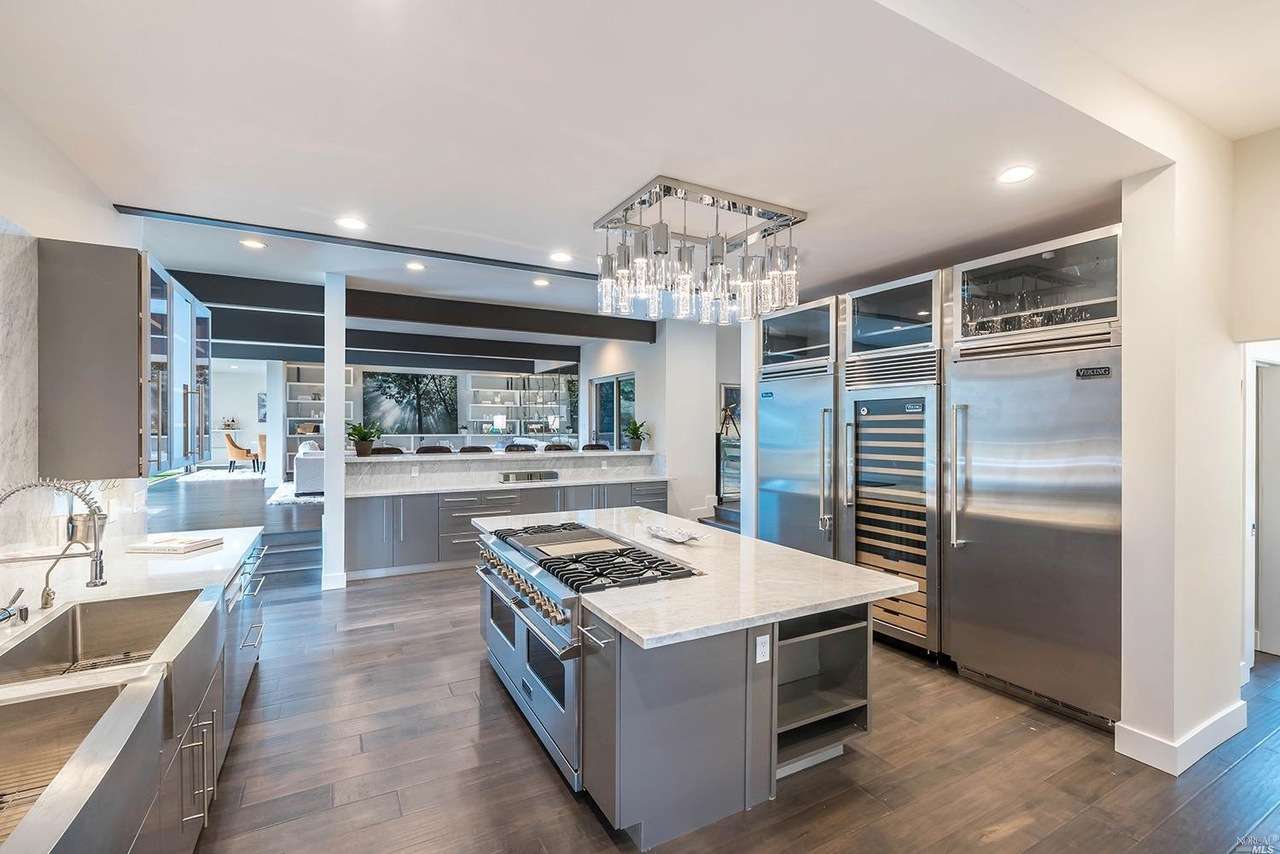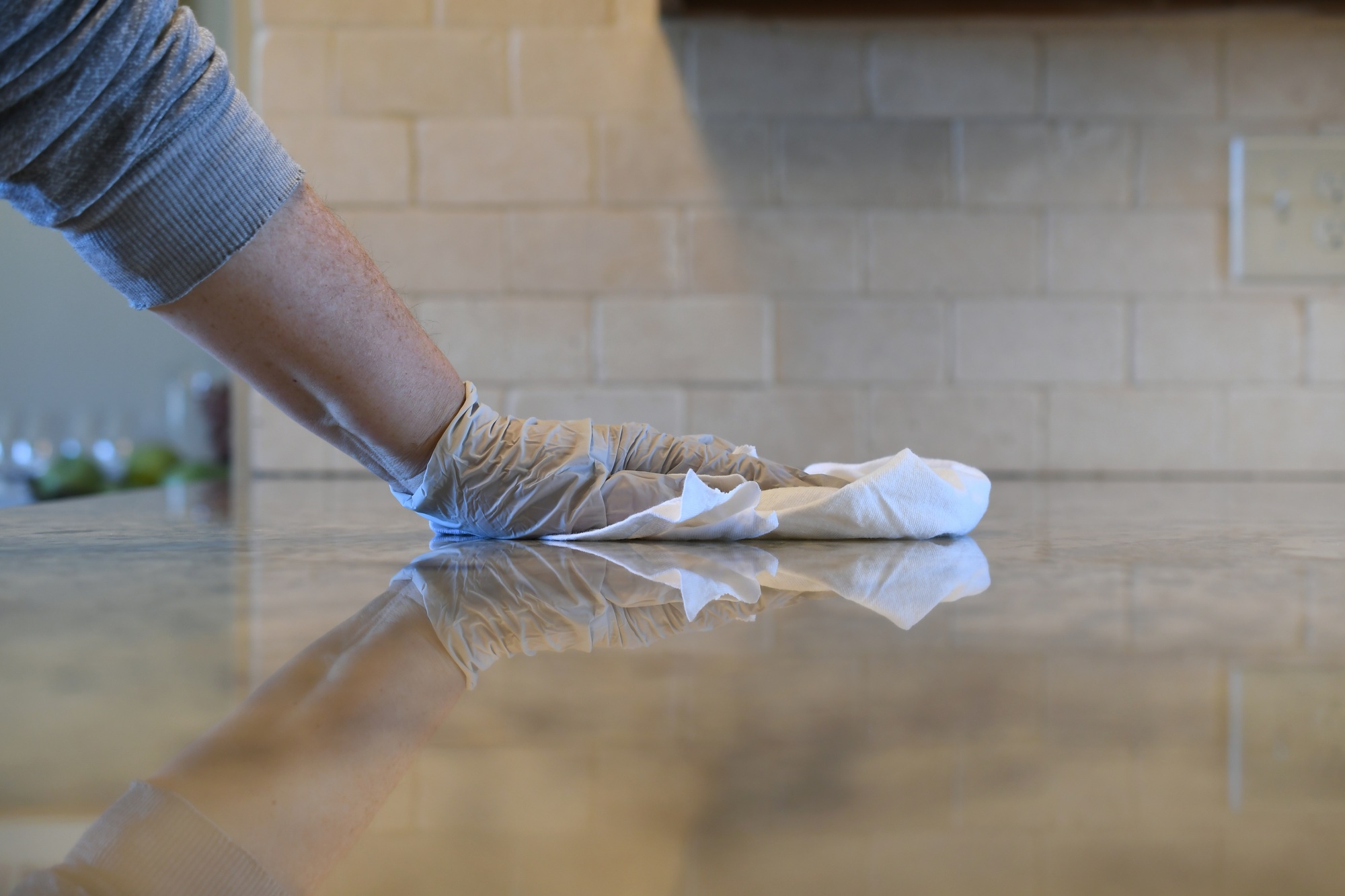
Ever stood in awe of a stunning countertop and wondered how such a masterpiece was created?
You’re not alone.
The craft of stone fabrication blends artistry with precision, transforming ordinary slabs of stone into extraordinary surfaces. Whether you’re a professional fabricator or a DIY enthusiast, understanding the secrets behind stone fabrication can elevate your projects to the next level.
Ready to dive in? Let’s unveil the must-know tips for creating breathtaking countertops.
Choosing the ideal stone for your countertop can seem overwhelming given the plethora of options available. But don’t worry, we’ve got you covered!

The first step is to identify your needs and preferences. Are you looking for a material that stands out aesthetically, or do you prioritize durability and low maintenance?
Granite is a perennial favorite due to its robustness and heat resistance, making it perfect for bustling kitchens. It comes in an array of colors and patterns, giving you plenty of options to match your decor. However, remember that granite requires periodic sealing to maintain its luster.
Quartz, on the other hand, offers a non-porous surface that resists stains without the need for sealing. It’s exceptionally durable and can mimic the appearance of natural stones like marble, without the associated upkeep. Quartz is ideal for those who want beauty and practicality in equal measure.
For a more luxurious feel, you might opt for marble. Renowned for its elegant veining and timeless beauty, marble can elevate any space instantly. However, it’s more susceptible to scratches and stains, requiring more attentive care.
Don’t overlook soapstone. This stone offers a warm, rustic appeal and is highly resistant to heat and stains. It does darken over time, which adds character, but might not be everyone’s cup of tea.
Another thing to consider is your budget. Natural stones vary widely in cost, so it’s crucial to balance your dream look with what you’re willing to spend. It’s also a good idea to seek samples and visualize how they would look in your space. Small variations in slab coloration, pattern, or texture can significantly impact the final appearance of your countertop.
Ultimately, the best stone for your countertop is one that aligns with your aesthetic desires, functional needs, and maintenance capabilities. By understanding the unique attributes of each stone type, you can make a decision that you’ll cherish for years to come!
Before you even think about cutting, accurate measuring is key. Begin by sketching a detailed plan of your countertop, including all dimensions. This drawing will serve as your blueprint.
Pro Tip: When measuring, always double-check each dimension and consider the thickness of the stone. Mistakes at this stage can lead to costly errors later.
Next, lay your stone slab on a stable surface. Use a marker to trace the dimensions from your blueprint onto the stone. A straight edge or a ruler will ensure you get clean, straight lines.
When it comes to cutting, the right tools make all the difference. You’ll need a diamond-tipped saw blade, as common blades aren’t durable enough for cutting through stone. Attach the blade to a wet saw to minimize dust and prevent the stone from overheating.
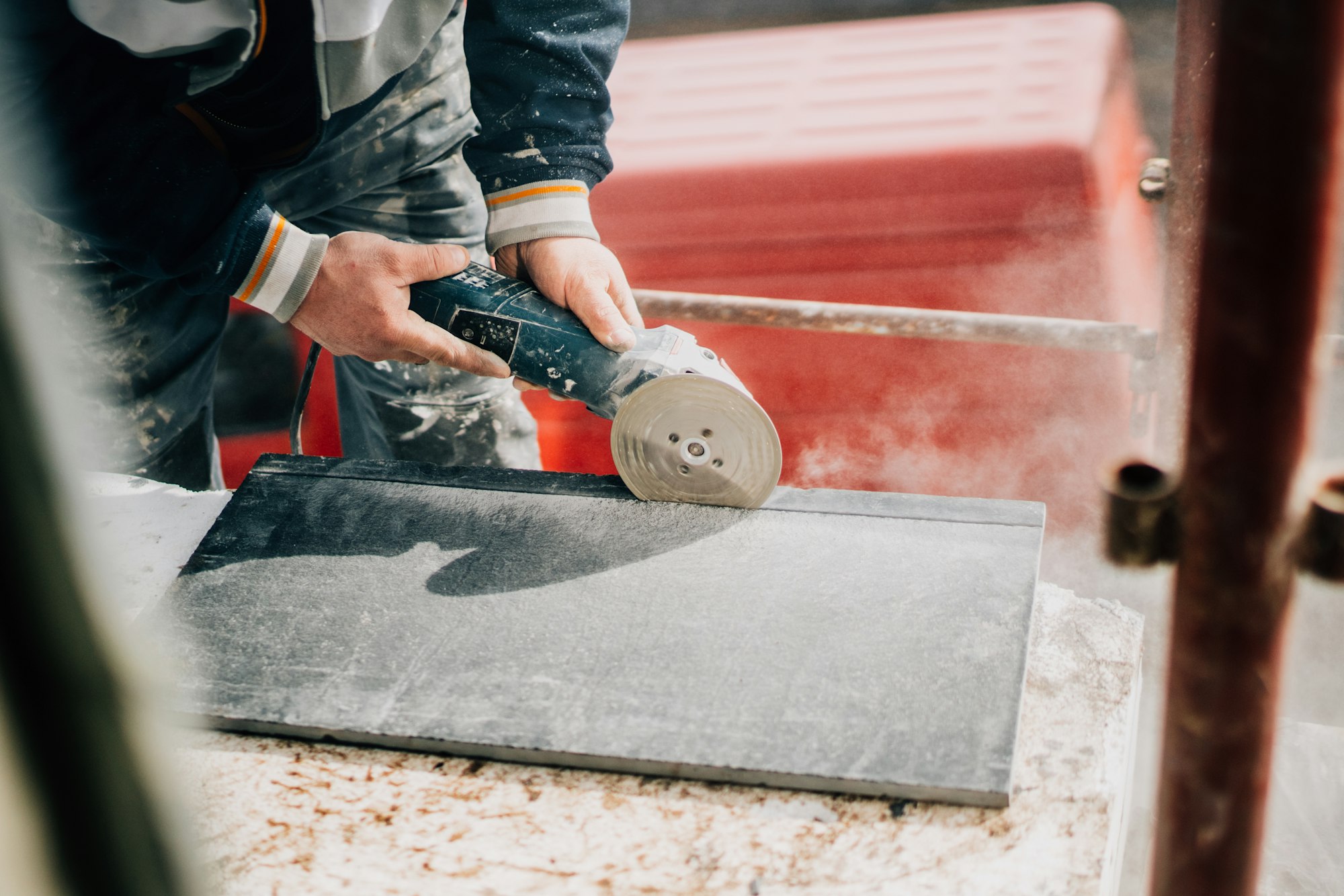
Patience is key here. Rushing might seem tempting, but a steady hand will yield smoother cuts and better edges. Once your cuts are complete, you can move on to the next stage: polishing and finishing.
Creating flawless edge finishes is crucial for professional-looking countertops. The first secret lies in selecting the correct type of edge finish for the material you’re working with. Popular options include straight, beveled, and bullnose edges, each offering a different aesthetic and functional benefit.
Once you’ve chosen the right edge style, you’ll need to use specialized tools like diamond polishing pads and routers. 90% of stone fabricators use diamond-tipped tools for precision cutting. Always start with a coarser grit to shape the edge, then gradually move to finer grits to smooth and polish. Take your time with each step to avoid leaving any visible scratches or imperfections.
Pro Tip:
If you’re looking for that extra shine, consider applying a stone sealer. This not only enhances the stone’s natural luster but also offers additional protection. However, make sure the surface is completely dry before applying the sealer to achieve the best results.
Remember: Practice makes perfect. The more you work with different stones and edge finishes, the better you’ll become at achieving that perfectly seamless look.
Creating a stunning countertop is just the beginning; maintaining its beauty is a lifelong commitment. Regular cleaning is crucial. Use a gentle, non-abrasive cleaner to avoid scratching the surface.
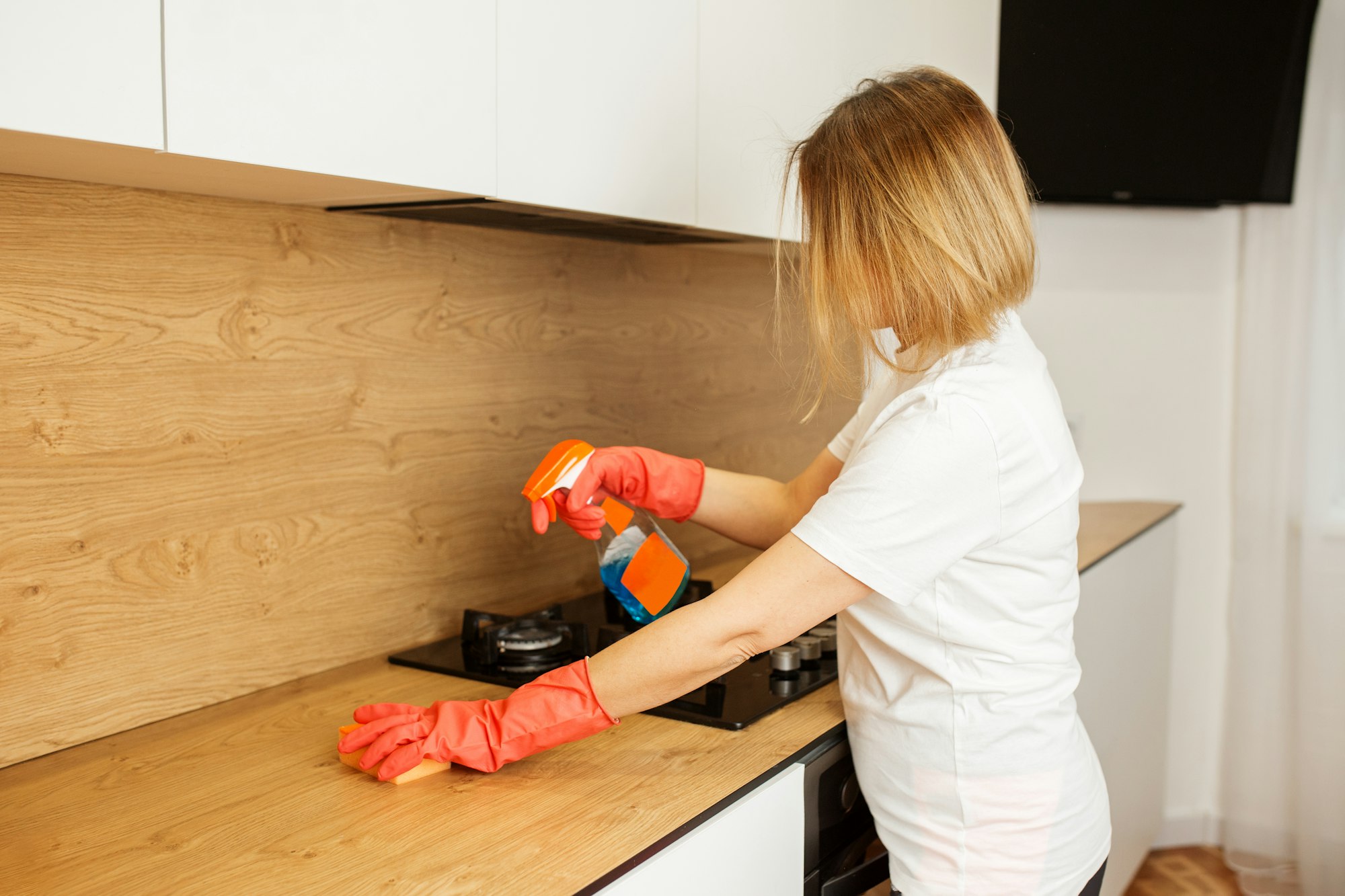
A soft cloth or sponge works best. Remember, different stones have different care requirements, so always check the manufacturer’s guidelines.
For stain prevention, act swiftly. Spills happen, but the longer they sit, the more likely they are to leave a mark. Wipe up spills immediately, especially those involving acidic substances like vinegar, wine, or citrus juices, as they can etch the stone surface.
Sealing your countertops is another vital step in maintenance. Not all stones require sealing, but for those that do, it’s an essential layer of protection. Most granite and marble countertops benefit from being sealed at least once a year. This process helps to prevent staining and makes the surface easier to clean.
Additionally, avoid placing hot pans directly onto your stone countertops. Use trivets or hot pads to protect the surface from heat damage, which can cause discoloration or even cracks in extreme cases. Similarly, using cutting boards rather than chopping directly on the stone will protect both your knives and the countertop.
Lastly, regular inspections and minor touch-ups can go a long way in prolonging the life of your countertops. Check for any small cracks or chips and repair them promptly to prevent them from growing bigger. With consistent care and a little extra attention, your stone countertops will remain stunning and functional for years to come.
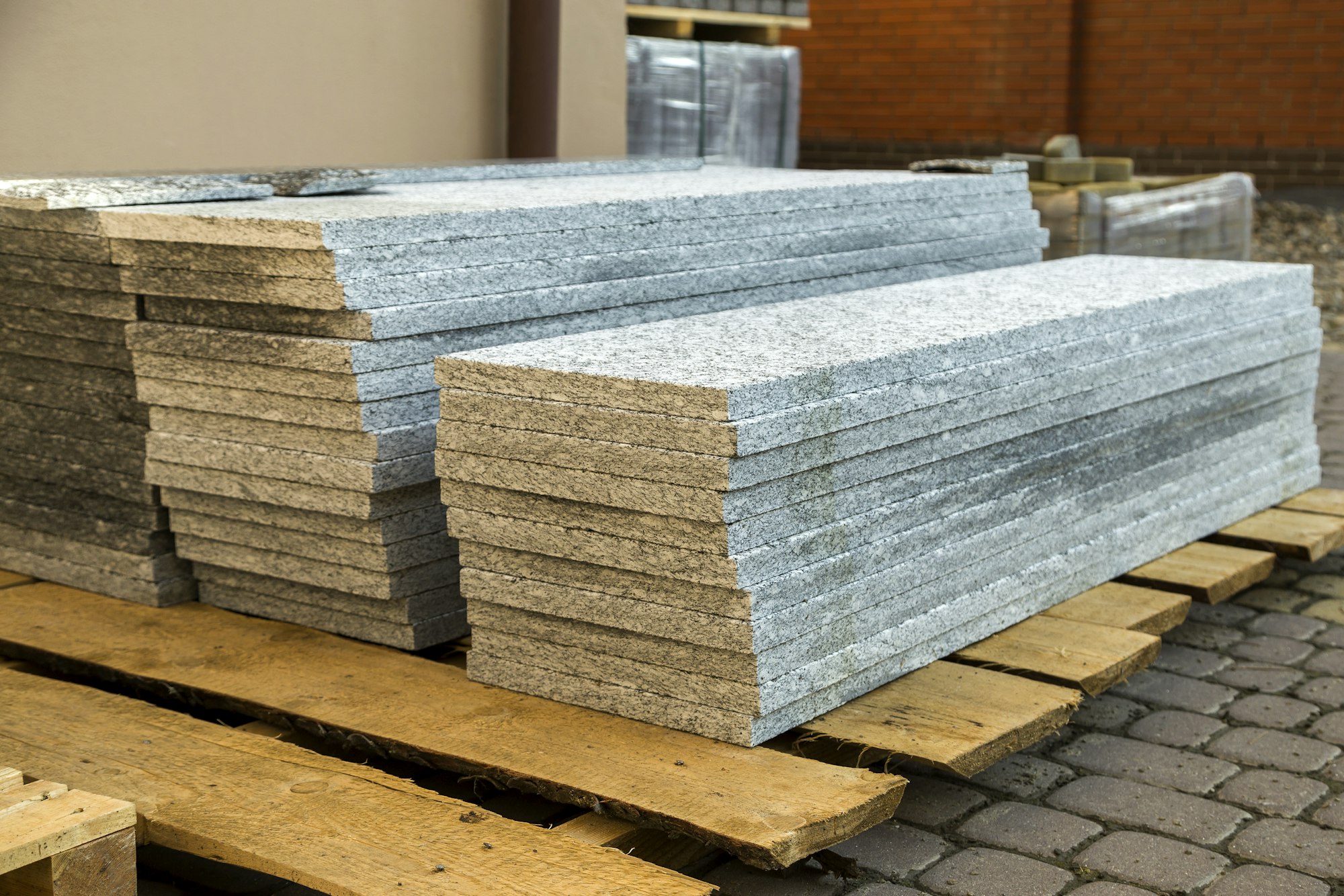
Striking the right balance between functionality and aesthetics is key. Not every stone is suited for every lifestyle or kitchen setting.
For instance, marble is stunning but can be prone to scratches and staining. Conversely, granite is highly durable and versatile, making it a better fit for a busy household.
Know Your Needs: Assess how you use your kitchen. If you frequently cook and entertain, prioritize durability. On the other hand, if your kitchen is more of a showpiece, aesthetics can take the lead.
Consider the Finish: Beyond the type of stone, the finish you choose plays a significant role in both durability and appearance. Polished finishes provide a glossy look but may show wear more easily. Honed finishes offer a matte appearance, while leathered finishes provide a textured feel, combining beauty with better resistance to wear.
Color & Pattern: The color and pattern of your stone countertop can either complement your kitchen design or act as a bold centerpiece. Neutral colors like whites, blacks, and grays offer timeless appeal and versatility. Bold colors and intricate patterns can add personality but might limit future design changes.
Functionality and aesthetics don’t have to be competing factors. By thoughtfully selecting the right stone and finish, you can achieve a harmonious blend that enhances both your kitchen’s beauty and its practicality.
Achieving this balance requires careful planning and consideration, but it pays off in creating a space that is both beautiful and functional.
| Stone Type | Functionality | Aesthetics | Maintenance Level |
|---|---|---|---|
| Granite | Highly durable, heat-resistant | Variety of colors and patterns | Low |
| Marble | Soft, less durable than granite | Classic, elegant look | High |
| Quartz | Very durable, non-porous | Wide range of designs | Low |
| Soapstone | Heat-resistant, non-porous | Soft, smooth appearance | Medium |
| Slate | Scratch-resistant, durable | Natural, rustic look | Low |
Adopting eco-friendly practices in stone fabrication is not just a trend; it’s a responsibility we owe to our planet. By integrating sustainable methods, you can reduce your environmental footprint while enhancing the appeal of your countertops. Here are some essential tips to keep your stone fabrication process green and sustainable:
By following these eco-friendly practices, you can contribute towards a more sustainable future without compromising on the quality and beauty of your stone countertops. Your commitment to green fabrication can also appeal to environmentally conscious clients, boosting your business’s reputation and marketability.
Granite, quartz, and marble are popular choices for kitchen countertops due to their durability and aesthetic appeal. Granite is heat-resistant and robust, while quartz offers a wide range of colors and patterns. Marble provides a luxurious look but requires more maintenance.
To prevent scratches, use cutting boards and avoid placing sharp objects directly on the countertop. For stains, wipe up spills immediately and use a stone-specific cleaner. Sealing the countertop periodically also helps in maintaining its resistance to stains.
While it’s possible to install a stone countertop yourself, it requires specialized tools and skills, particularly for cutting and finishing the edges. For most homeowners, hiring a professional ensures a flawless finish and reduces the risk of damaging the material.
The cost of a stone countertop installation can vary widely depending on the type of stone, the size of the countertop, and any specialized labor required. Granite and marble tend to be on the more expensive side, while materials like quartz can be more budget-friendly. More information click here!
Choosing the right finish for your stone countertop depends on both your aesthetic preferences and functional needs. Polished finishes are sleek and shiny, perfect for a modern look, but they can show scratches easily. Honed finishes offer a matte appearance and are more forgiving with scratches, making them ideal for busy kitchens. Leathered finishes provide a textured look and added slip resistance. Consider consulting with a professional to match the finish with your lifestyle and design vision.
Creating stunning stone countertops is an art and a science. From selecting the right stone to mastering the intricacies of cutting and finishing, each step requires attention to detail and a commitment to quality. By following our expert tips and embracing eco-friendly practices, you can ensure that your countertops stand the test of time both in beauty and functionality.

Remember, whether you’re a DIY enthusiast or entrusting a professional, the journey of crafting the perfect stone countertop is a rewarding one.
We hope this guide illuminates the path to your next inspired project.
Ready to turn these tips into reality? Start designing your dream countertop today and create a centerpiece that will stand the test of time. Contact us for professional advice or to get started on your project!
